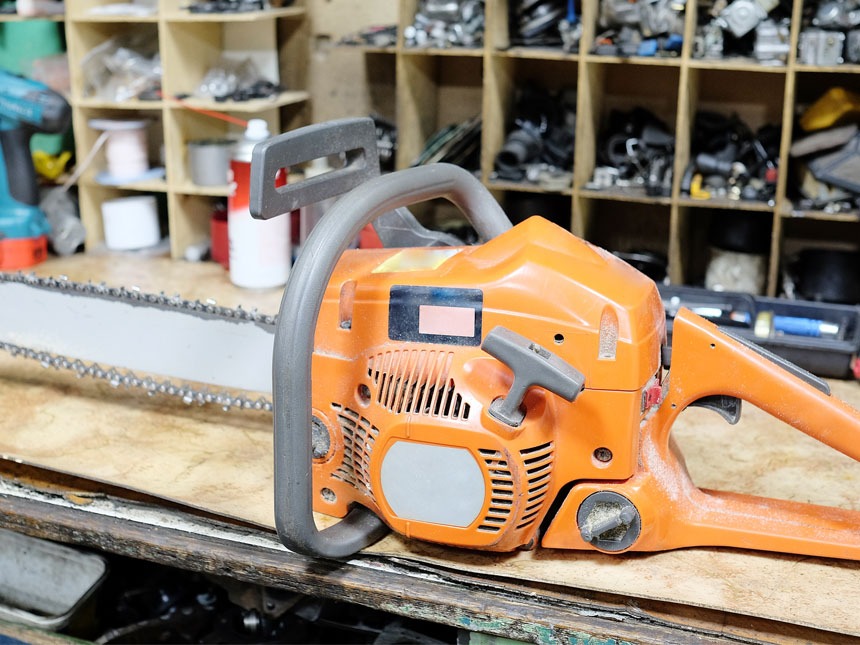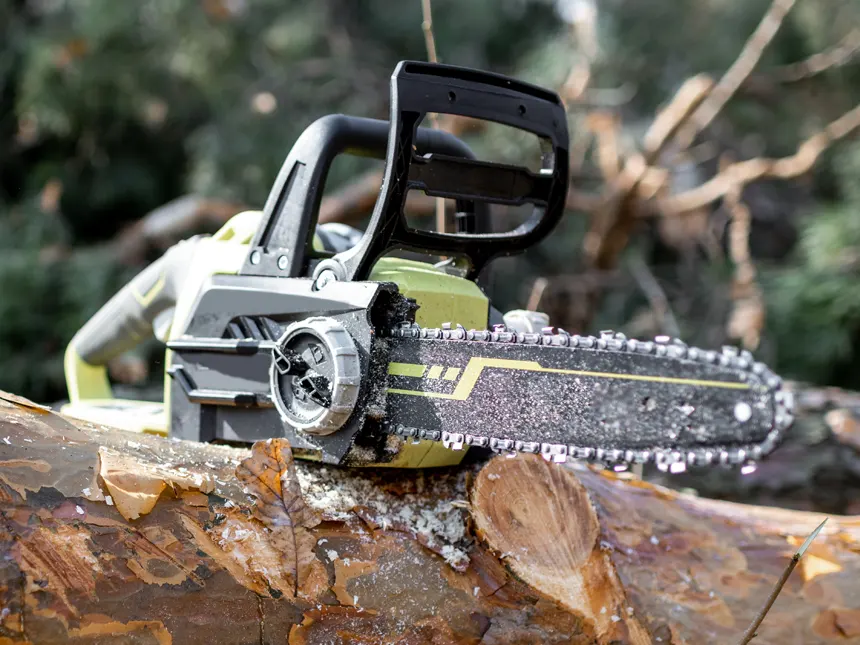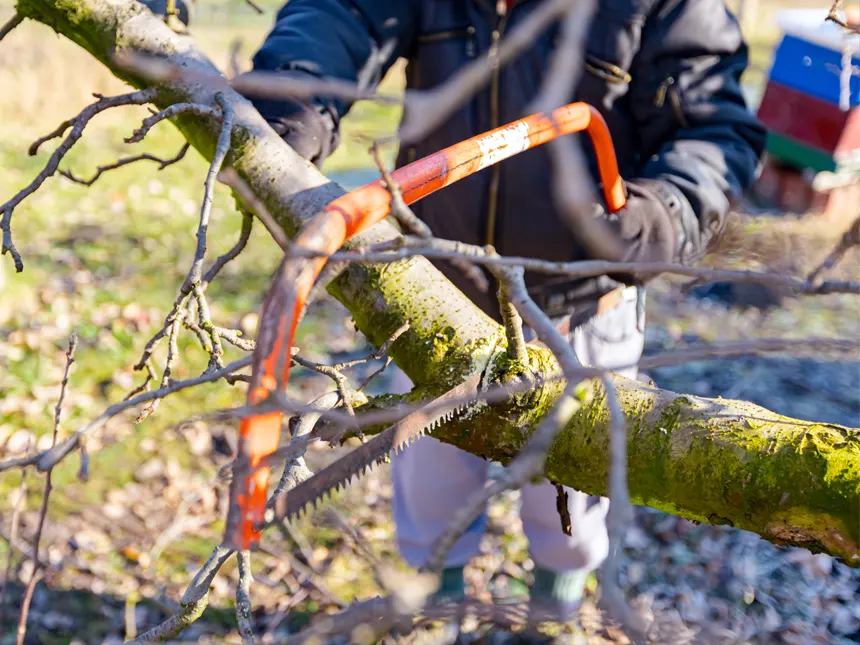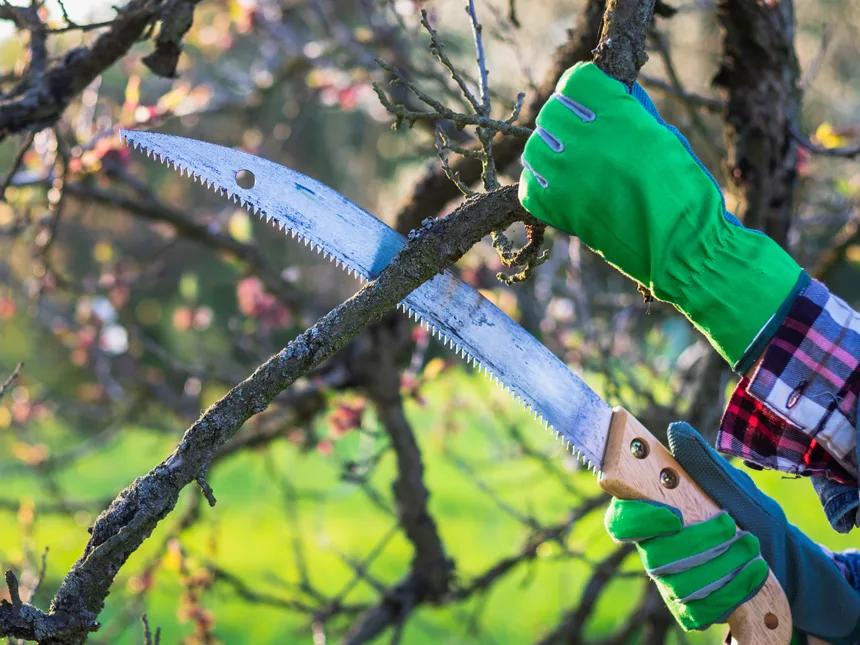What Are Reciprocating Saws Used For?
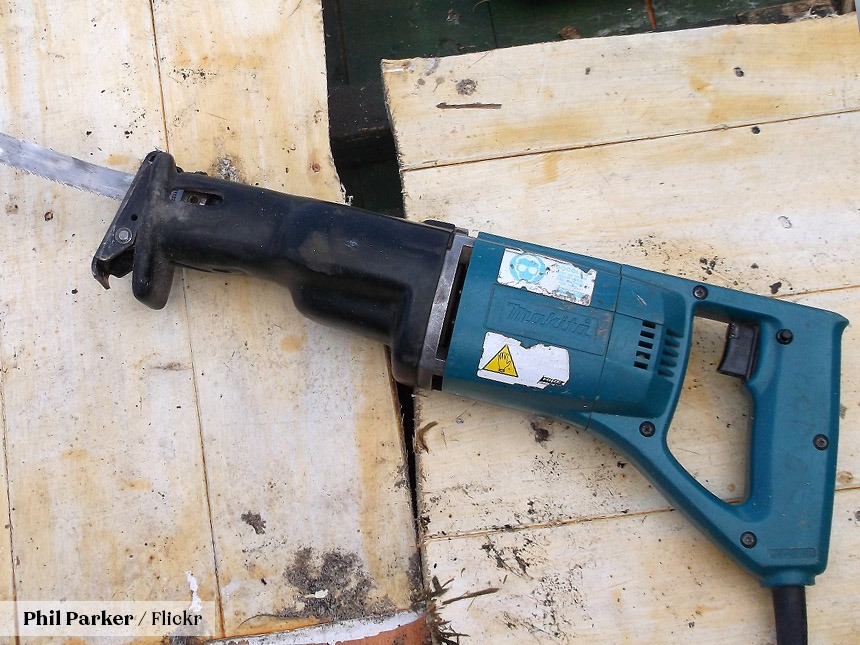
Timber Gadgets is reader-supported. We may earn a commission if you buy through the links on our site.
If you’ve graduated from fixing the leaky sink to more complex projects, then you’d likely benefit from the reciprocating saw. This saw is one of the most popular tools and can be used for everything from backyard pruning to in-house demolition.
Reciprocating saws can generally be used for any project that involves cutting through materials, such as construction and renovation. They can be used to cut though the majority of commercial materials, including wood, metal, plastic, concrete and more.
More versatile than similar saws and more efficient than other tools, the reciprocating saw is a must-have for serious workers and DIYers.
Keep reading to learn more about reciprocating saws, what they’re used for, and tips for your next project.
What Are Reciprocating Saws?
A reciprocating saw is a tool with a machine-powered blade, which rapidly moves back and forth. This type push and pull motion is called reciprocation, hence the name of this saw.
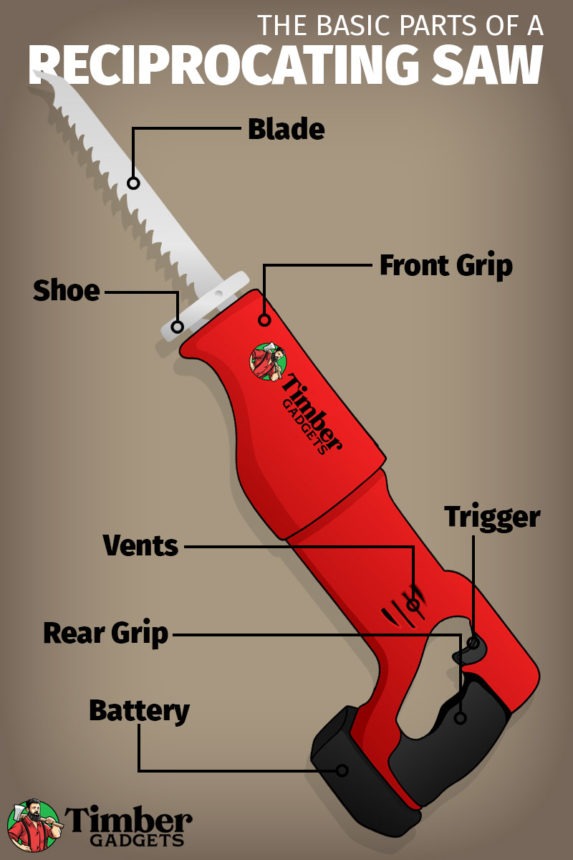
The blade is partially encased and quickly moves out of or into this casing as it works. There is typically a foot at the base of the blade near the casing. This foot rests against the surface being cut and counters the movements of the blade as it cuts.
Attached to the casing is a handle for easy maneuvering. If it is a variable-speed reciprocation saw, the casing and handle will also have different settings to either speed up or slow down the blade.
Uses For Reciprocating Saws
Also known as a hognose saw or shortened to recip saw, this tool can be used for a wide variety of different purposes:
- Demolition, remodeling and construction
- DIY work, salvaging, and art projects
- Pruning small trees and bushes
- Curved and straight cuts
- Framework and sill plates
This is because it can cut through almost any material, making it an ideal and versatile tool. Some of the materials it’s most commonly used on include:
- Metal
- PVC
- Wood
- Masonry
- Fiberglass
- Plaster
- Drywall
- Stucco
- Brick
- Tree Limbs
And more! From concrete to composite materials, the reciprocating saw can cut through almost any material you’ll find.
This is just one of the reasons these saws are a common sight amongst most workers, from small-time DIYers to contracted construction crews.
Reciprocating saws are used for a variety of reasons. Besides the versatility the blades offer, there are a number of other advantages to using a recip saw. These tools are the perfect choice if you’re looking for:
- Work Flexibility – Because the blade is exposed, you can fit a reciprocation saw into both large, open spaces and small, tight spaces.
- Fast Pace – If you’re looking for ‘slow and steady,’ the reciprocation saw isn’t your tool. This saw quickly cuts through materials and moves projects along quickly.
- Better Control – These saws offer better control than similar tools, such as circular saws, making them the better choice for working on a ladder or cutting above your head.
Whereas other saws may be slow or impractical to use, the reciprocating saw can be adapted to a wide variety of jobs.
But while there are plenty of materials your saw can cut through and projects you can use it for, there are others that you should be more wary of, such as:
- Electrical Wires
- Plumbing Pipes
- Heating Vents
Cutting into these materials blindly (or at all) can have serious consequences. At best, you could create a bump in your project and set the schedule back. At worse, you could potentially derail your entire project and have to call in professional help.
Before breaking out your reciprocal saw, make sure you know exactly where and what you’ll be cutting.
By the way, make sure to check out our review for the 3 best cordless reciprocating saws for cutting tree branches if you’re looking for a great cordless saw for trimming tree limbs!
Reciprocating Saw Blades For Different Uses
There are several different blades you can change out on your reciprocating saw. Each blade has its own advantages and disadvantages, and is best suited for specific materials.
- Metal-cutting and fine-tooth blades are best for cutting through pipes and nails.
- Coarse blades are best for cutting through wood and plaster.
- Toothless blades are best for cutting through stone, ceramic, and cast iron.
Make sure to consider the material you’ll be cutting and choose the correct blade. Taking a one-blade-fits-all approach may save you some time, but it can impact the quality of your work and the longevity of your blade.
Keep in mind, you don’t have to strictly change out your blades for each different material. Rather, look at the materials you’ll be going through for the next few cuts and adjust the blade for the toughest material.
For example, if you’re working on a section of the roof, you’ll likely encounter shingles, plywood, and lumber embedded with nails. For this project, you can choose a metal-cutting or fine-tooth blade; this will cut through the toughest material (the nails) and can handle the others as well.
Pruning blades are designed to cut through green tree limbs but they are still effective on other tree limbs, whether it’s old or fallen branches, or green.
Tips For Using Reciprocating Saws
Now that you know what a reciprocating saw is and what it’s used for, here are some tips on how to use it safely and successfully.
Before you begin working on a project or cutting into a material, think about how to best take care of yourself and your saw. What safety precautions should you take? Are there any dangers you’ll need to be aware of?
Whether you’re the proud new owner of your first reciprocating saw or a seasoned veteran who’s been using recip saws for decades, here are a few safety tips to keep in mind:
- Wear Safety Gear – Always wear safety glasses and wear headphones, gloves, a mask, and a hard helmet as needed. For example, you’ll definitely need glasses and a mask if you’re cutting into plaster or ceilings, which produce a lot of dust and debris.
- Replace Your Blades – Periodically check and replace your blades as needed. Despite their tough exterior, blades will eventually wear down. Typically, bimetal blades will last longer than carbon steel blades.
- Watch For Blade Bucking – If your blade pulls completely out of a cut and then bangs into the material, this kickback can cause your saw to buck. Similarly, if you blade binds (i.e., get stuck in) the material, it will buck and begin jerking you back and forth. Be careful of this and watch out for it, especially if you’re working on a ladder.
Remember to unplug your saw when it’s not in use or when you’re changing the blades. Additionally, remember that blades will be hot right after making a cut— don’t grab and attempt to change them until the blade has cooled down.
Always follow all provided instructions, precautions, etc.

